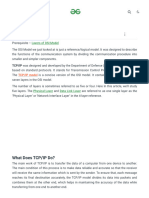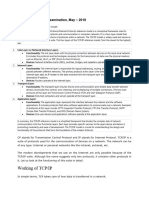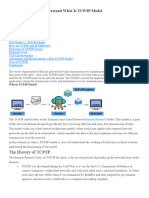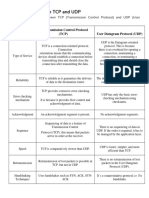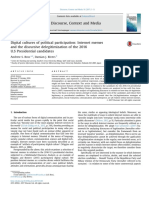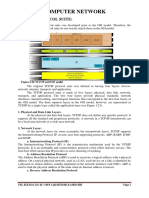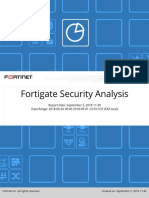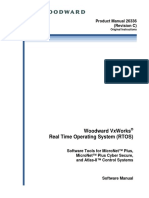0% found this document useful (0 votes)
13 views12 pagesTCP - IP Model - GeeksforGeeks
The TCP/IP model is a four-layer networking framework that facilitates reliable communication across interconnected networks, consisting of the Application, Transport, Internet, and Network Access layers. Developed by the Department of Defense in the 1970s, it allows interoperability between diverse systems and is essential for modern networking. While it offers advantages like scalability and flexibility, it also has drawbacks such as security concerns and inefficiencies for small networks.
Uploaded by
manyata8081847715Copyright
© © All Rights Reserved
We take content rights seriously. If you suspect this is your content, claim it here.
Available Formats
Download as PDF, TXT or read online on Scribd
0% found this document useful (0 votes)
13 views12 pagesTCP - IP Model - GeeksforGeeks
The TCP/IP model is a four-layer networking framework that facilitates reliable communication across interconnected networks, consisting of the Application, Transport, Internet, and Network Access layers. Developed by the Department of Defense in the 1970s, it allows interoperability between diverse systems and is essential for modern networking. While it offers advantages like scalability and flexibility, it also has drawbacks such as security concerns and inefficiencies for small networks.
Uploaded by
manyata8081847715Copyright
© © All Rights Reserved
We take content rights seriously. If you suspect this is your content, claim it here.
Available Formats
Download as PDF, TXT or read online on Scribd
/ 12









